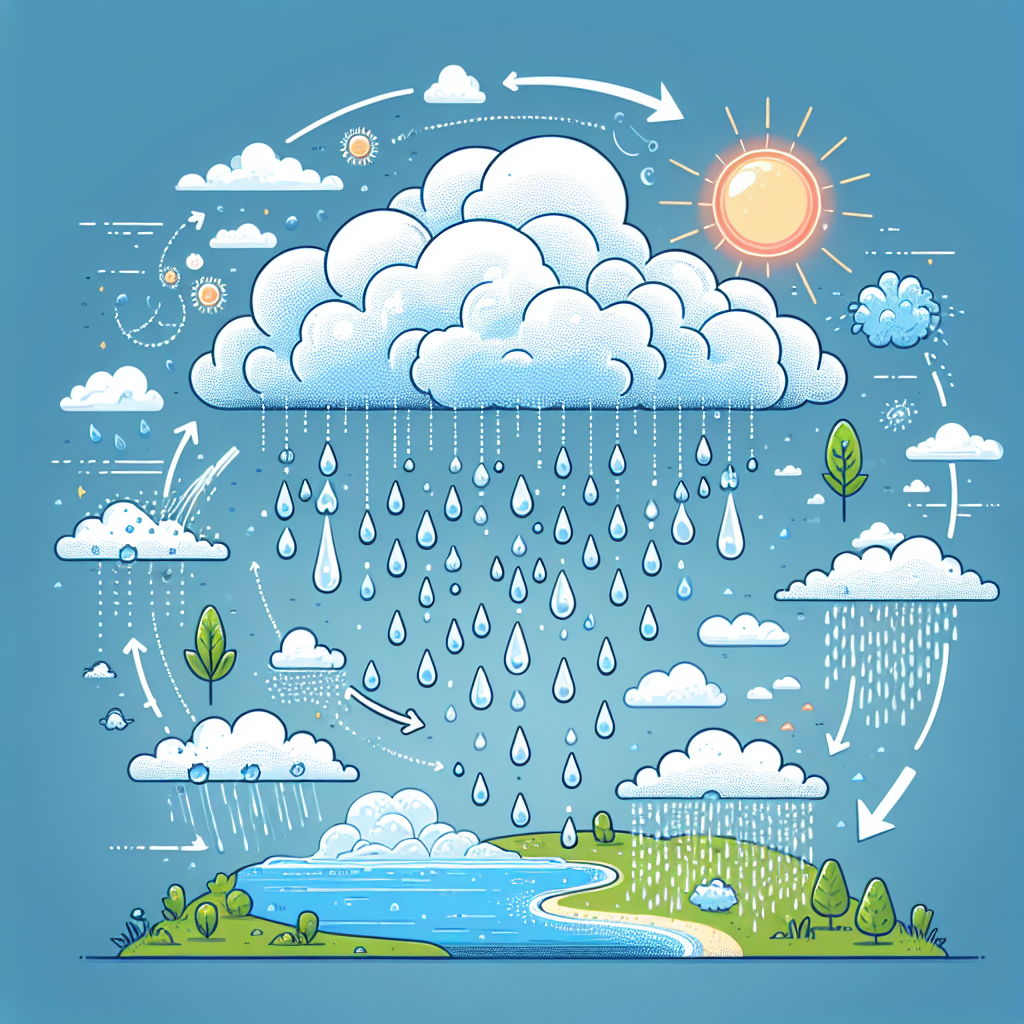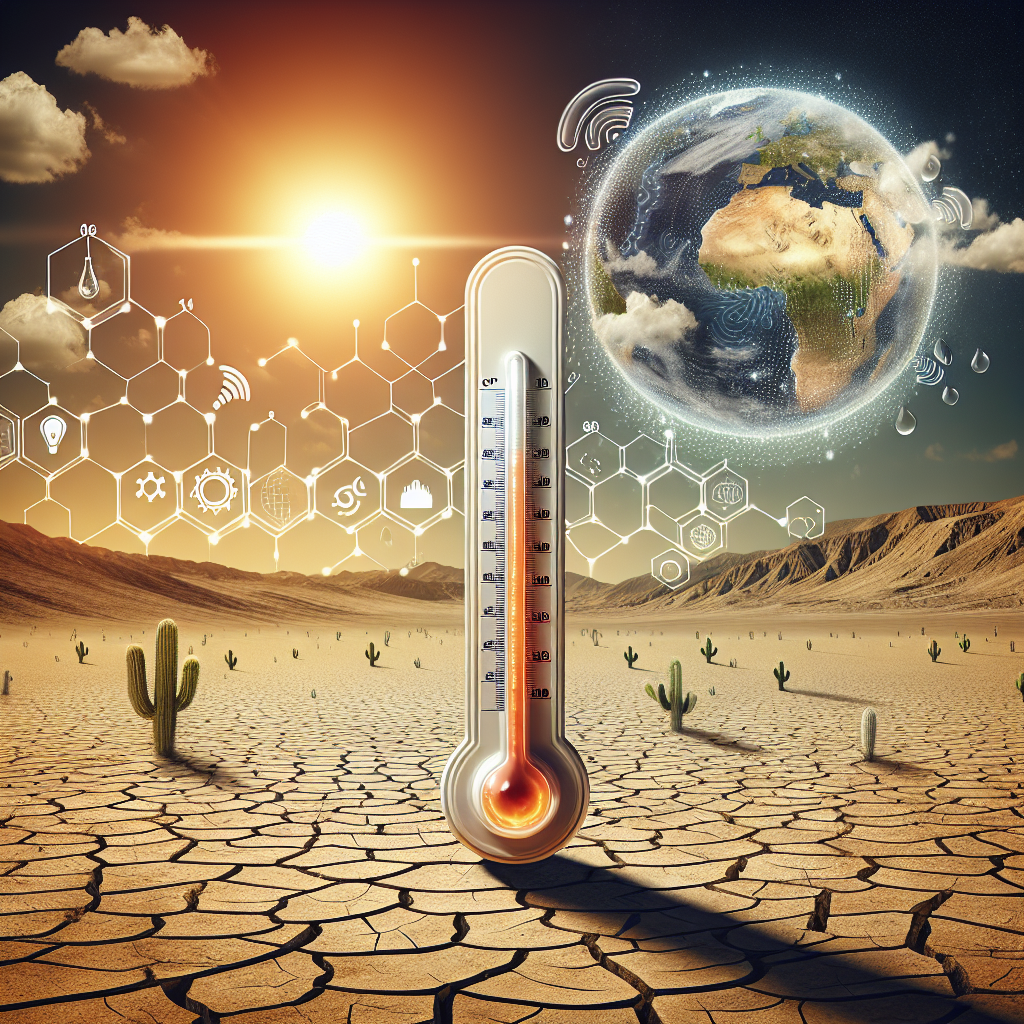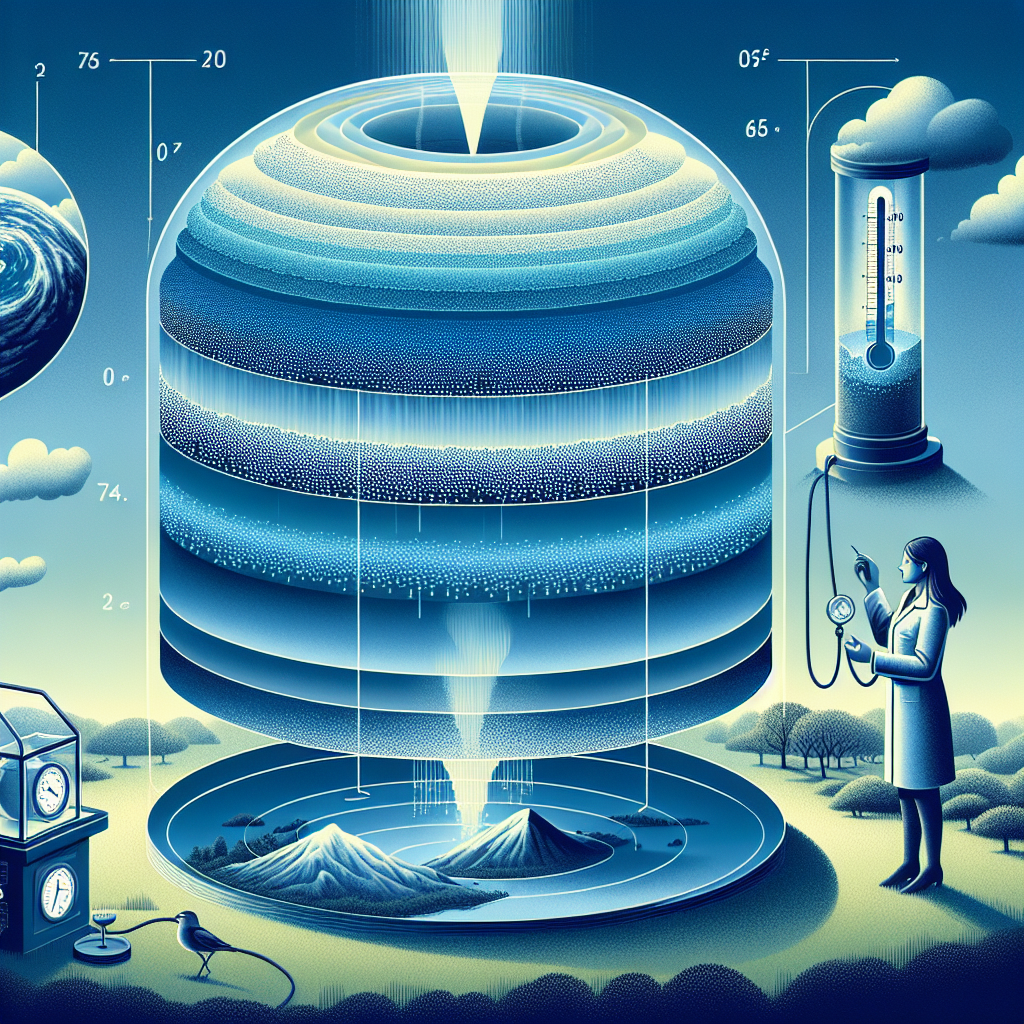Understanding the Science Behind Rainfall
The Water Cycle Explained
Rainfall is a crucial part of Earth’s hydrological cycle, a continuous movement of water between the atmosphere, land, and bodies of water. The water cycle consists of several key processes: evaporation, condensation, and precipitation.
Evaporation occurs when heat from the sun causes water from oceans, rivers, and lakes to transform into water vapor. This vapor rises into the atmosphere, where it cools as altitude increases.
Condensation happens when water vapor cools and turns back into liquid water, forming clouds. These droplets merge to create larger droplets.
Precipitation occurs when these droplets become heavy enough to fall back to Earth. Depending on the temperature, precipitation can manifest as rain, snow, sleet, or hail.
Meteorology and Rainfall Patterns
Meteorology—the scientific study of the atmosphere—addresses how variations in the Earth’s temperature, geography, and pressure systems affect rainfall. Different meteorological phenomena influence rainfall patterns and intensity:
High and Low Pressure Systems: High-pressure systems typically lead to clear skies and dry conditions, while low-pressure systems promote cloud development and precipitation.
Frontal Systems: Weather fronts occur when warm, moist air meets cold, dry air. The warm air rises, cools, and condenses, often leading to rain. Warm fronts tend to bring gentle rain, whereas cold fronts can cause heavy downpours.
Tropical Cyclones: These intense weather systems, including hurricanes and typhoons, can produce significant rainfall over short periods. The warm, moist air fueled by tropical waters leads to extensive precipitation.
Types of Rainfall
Rainfall can be categorized into various types, each with distinct characteristics:
Convectional Rainfall: Common in tropical regions, this type results from intense heating of the Earth’s surface, causing warm air to rise rapidly. As it ascends, it cools, leading to cumulus clouds and thunderstorms.
Orographic Rainfall: Occurs when moist air ascends over a mountain range. As the air rises, it cools and condenses, resulting in precipitation on the windward side of the mountains. The leeward side, often referred to as the rain shadow, receives little rainfall.
Cyclonic Rainfall: Triggered by low-pressure systems, this type is associated with frontal boundaries where warm and cold air masses collide, resulting in widespread and sometimes prolonged precipitation.
Measuring Rainfall
Rainfall measurement is crucial for meteorologists, hydrologists, and agriculture. The primary instrument for measuring rainfall is the rain gauge, which collects rainwater over a specified period.
Standard Rain Gauge: Comprising a cylindrical container, it collects rainfall and allows for precise measurement.
Tipping Bucket Rain Gauge: This more sophisticated gauge measures rainfall intensity by using a funnel and tipping mechanism to provide continuous readings.
Radar Technology: Doppler radar systems are utilized to estimate precipitation rates, track storms, and analyze rain patterns over large areas, offering real-time data essential for weather forecasting.
The Role of Rainfall in Ecosystems
Rainfall is vital for maintaining ecological balance. It supports plant growth, replenishes groundwater, and sustains wildlife:
Photosynthesis: Plants require water for photosynthesis, enabling them to produce energy. Adequate rainfall ensures healthy vegetation, which, in turn, supports herbivores and predators within an ecosystem.
Aquifers: Rainfall replenishes groundwater supplies by infiltrating through the soil into aquifers. Sustainable water supply depends on a balance between rainfall and water use.
Soil Health: Rainfall contributes to soil health by dissolving nutrients, making them accessible to plants. However, excessive rainfall can lead to erosion and nutrient leaching, impacting soil quality.
Effects of Climate Change on Rainfall
Climate change dramatically influences rainfall patterns across the globe. Several phenomena illustrate this impact:
Increased Intensity: Warmer air can hold more moisture, often leading to more intense and frequent rainfall. Extreme weather events, such as heavy downpours and flooding, are occurring more frequently.
Droughts and Dry Spells: In some regions, climate change creates prolonged periods of reduced rainfall, resulting in droughts that threaten crops and water supply.
Altered Seasonal Patterns: Rainfall seasons may shift due to changes in temperature and atmospheric conditions, affecting agriculture and natural ecosystems.
The Importance of Rainfall Data
Accurate and timely rainfall data is crucial for a variety of sectors:
Agriculture: Farmers rely on rainfall predictions to plan planting and harvesting schedules. Drought and excessive rain can significantly affect crop yields.
Water Resource Management: Effective management of freshwater resources requires understanding rainfall patterns. Urban planning, flood control, and irrigation systems depend on accurate data.
Disaster Preparedness: In areas prone to flooding, rainfall forecasts are integral to disaster planning. Timely warnings can save lives and mitigate property damage.
Geo-Spatial Technology in Rainfall Analysis
Advancements in technology have improved our ability to analyze and predict rainfall. Geographic Information Systems (GIS), remote sensing, and satellite imagery provide critical data for rainfall studies.
Remote Sensing: Satellites equipped with sensors collect data on cloud patterns, moisture levels, and precipitation rates, providing a global perspective on rainfall trends.
GIS: Analyzing spatial data through GIS helps identify rainfall patterns, allowing for better water resource management and urban planning strategies.
Conclusion
Rainfall, an essential component of the Earth’s hydrological cycle, shapes our ecosystems, agriculture, and weather patterns. By understanding the science behind rainfall—its measurement, types, and influence on climate—we can plan for a sustainable future and mitigate the impacts of climate variability. Advances in technology and scientific research continue to enhance our understanding of this crucial element, ultimately leading to improved resource management and environmental stewardship.



















